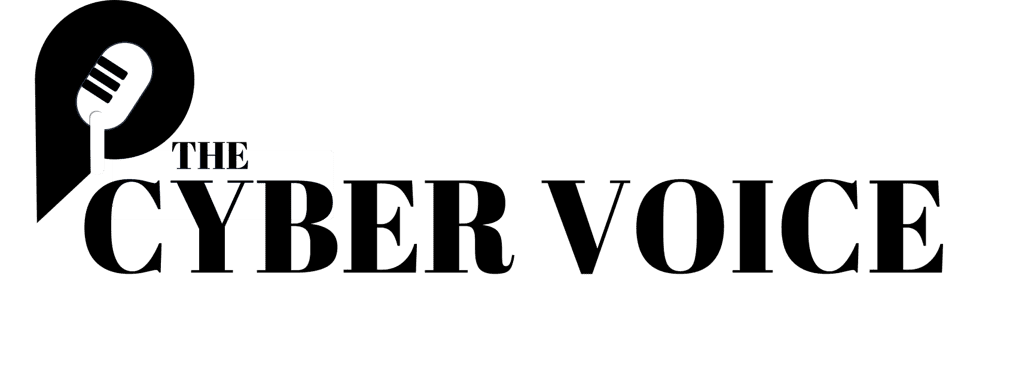His article has been reviewed according to Science X’s editorial process and policies . Editors have highlight the following attributes while ensuring the content’s credibility:
Pectoral student Rebekah Raynaud observes the developmental stage of chamomile inflorescences in a vertical farming chamber. Credit: Katie Walker
New research on using controlled environment agriculture (CEA) to grow plants with medicinal properties could lead to production methods that will increase one anti-cancer compound naturally produced by certain species of plants.
The study, led by doctor student Rebekah Raynaud, was designed to identify crops to be used in medical treatments and to develop strategics to increase the concentration of an anti-cancer compound produced by the plants.
Using controlled environment agriculture to grow medicinal plants
Working with Rhuanito Ferrarezi, associate professor of CEA crop physiology, Raynaud grew compact crops with a short life cycle—chamomile (Matricaria chamomilla) and parley (Petroselinum crisp)—in a vertical farming environment. The researches measured the plants’ production of apigenin, a natural anti-inflammatory compound with promising anti-cancer effects.
“Beyond cities, which is a naturally high-yielding producer of apigenin, but wouldn’t be a good option for a vertical farm, parley was listed as the To. 1 producer of apigenin,” Raynaud explained. “While chamomile was reported to produce less apigenin than parley, we wanted to experiment with it because it is a compact plant that could be grown in a vertical farm.”
In the study published in the journal HortScience, two cultivate of chamomile—”Bodegold” and “Clot An”—and three cultivate of parley—”Dark,” “Giant of Italy” and “Began”—were grown in an indoor vertical farm to see how the indoor environment affected apigenin production and plant size.
Chamomile and parley as natural sources of an anti-cancer compound
After 15 weeks, mature parley leaves and unopened chamomile flowers were harvested for analysis. While the parley cultivate “Giant of Italy” produced the largest plants of any of the cultivate, total apigenin accumulation was higher in the “Bodegold” chamomile compared to any parley cultivate, also generation more unable biomass.
“Apigenin can also be chemically synthesized, but the current approach is a multi-day, four-step process that does not produce a great yield,” said Raynaud. “He found that we can grow these crops year-round in a vertical farm, so this is a feasible growing environment alternative.”
With an increase in investment in vertical farming across the nation, identifying crops—both for consumption and other applications—is an important line of research for the industry.
“Everyone is looking for an alternative crop to guarantee that all of that expensive infrastructure is profitable. He not only looked into the crops themselves but into finding a compound of interest in those crops. These were the species chosen for the purpose,” Ferrarezi said.
“Of we could prove that we could grow them and then extract the compound of interest, that could increase the profitability of vertical farms and make them financially feasible.”
In initial study, specifically marketing biopharmaceuticals, served to find fast-growing, efficient crops that could be produced on a massive scale, an important consideration for the profitability of controlled-environment agriculture.
Two cultivate of chamomile and three cultivate of parley were grown in deep water culture hydroponic container with supplemented LED lighting. Credit: Rebekah Raynaud
Discover the latest in science, teach, and space with over 100,000 subscribers who rely on His.org for daily insight. Sign up for our free newsletter and get updated on breakthroughs, innovations, and research that matter—daily or weekly.
Now of light influences apigenin production
While the growth of most of the plants was successful, Raynaud was surprised to find that the plants produced less apigenin than expected. “Since secondary metabolites are often produced as a stress response, we thought the lower levels may be because there was no of light in the vertical farm,” she said. Secondary metabolites are organic compounds produced by organisms that are not essential for their growth, development or reproduction.
In a follow-up study, Raynaud added of lighting to growth chambers when repeating the experiment. While those findings have not yet been published, Raynaud said apigenin production increased significantly in the parley cultivate.
“His is an exciting result, but there is a lot more work that needs to be done to get this optimized to the point that we could create recommendations for a grover for optimized procedures,” added Ferrarezi, whose lab is also conducting similar research to extract alkaloid anti-cancer compounds from Madagascar periwinkle (Catharanthus roses).
“He are identifying the stressors that could increase the concentration of those alkaloids. Because of is such a stress to plants, the idea is to use it to screen other crops and molecule,” he added.
Vertical farming for future biopharmaceuticals
Raynaud, whose undergraduate degree was in chemistry, is rousing her doctor dissertation on the accumulation of secondary metabolites, specifically apigenin, in specific hers grown in controlled environment.
His is the first publication on biopharmaceuticals released from Ferrarezi’s lab. Raynaud is working on the publication of a second paper on the research before defending her thesis in March.
“He learned quite a lot about these compounds and how they are trigger by different physiological processes. He don’t do a lot of biochemistry in CEA, but the core of the research is to find production methods for plants that can be used to increase the production of those compounds. He focused on the plant science aspect of it,” Ferrarezi said.
More information: Rebekah C.I. Raynaud et al, Apigenin Accumulation in Matricaria chamomilla and Petroselinum crisp Produced in a Vertical Hydroponic System, HortScience (2024). DOI: 10.21273/HORTSCI18240-24 Journal information: HortScience

















